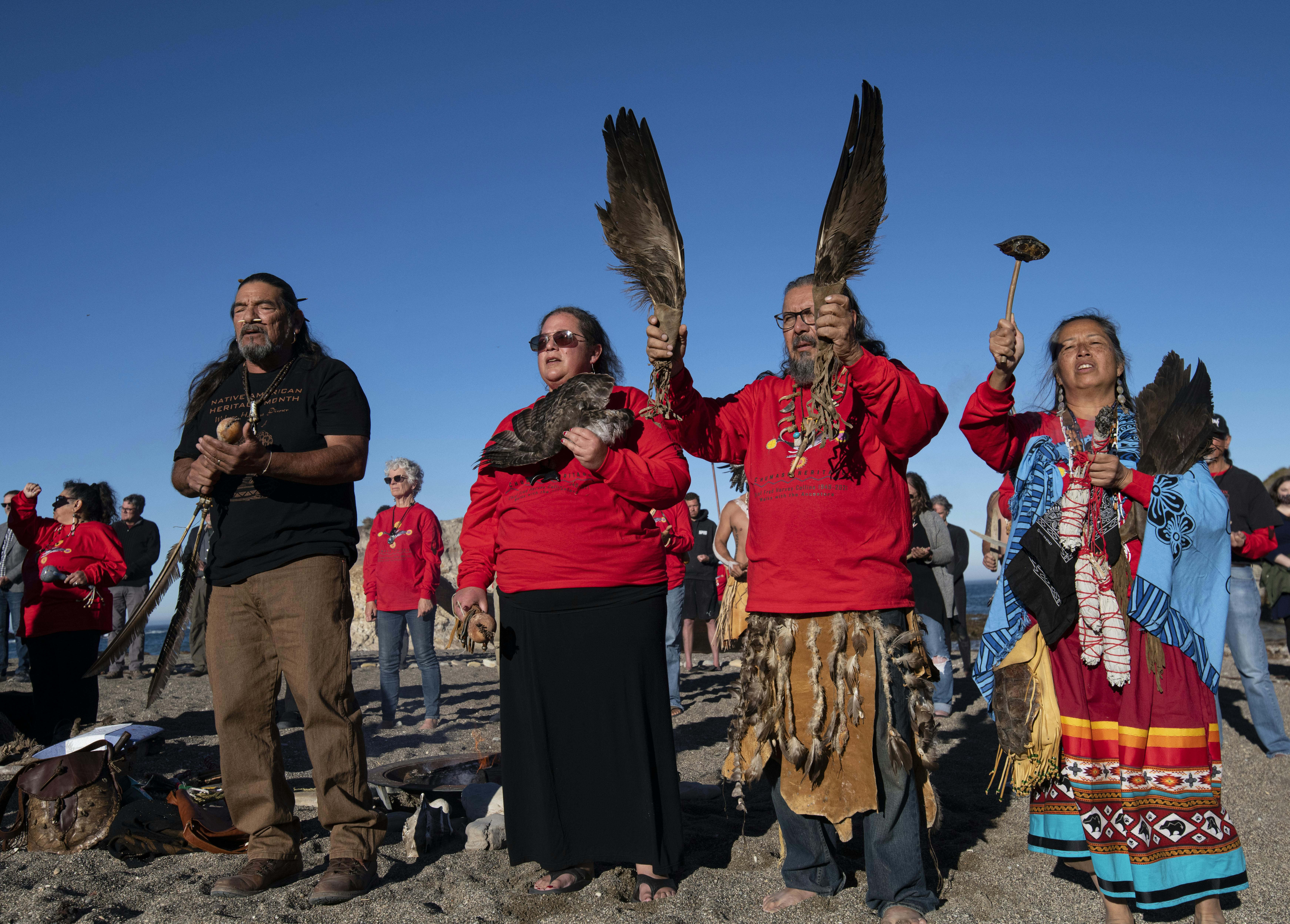| Grantee | Northern Chumash Tribal Council ↗ |
| Grant Amount | 300000 |
| Duration | Two Years |
For more than 40 years, Tribal elders and members of the local community have advocated for a national marine sanctuary to protect coastal waters off San Luis Obispo and Santa Barbara counties in California. In 2015, the Northern Chumash Tribal Council submitted a formal nomination to the National Oceanic and Atmospheric Administration (NOAA) to establish the Chumash Heritage National Marine Sanctuary. After several years of continued campaign effort, on November 9, 2021, NOAA released a Notice of Intent to designate the Chumash Heritage National Marine Sanctuary, launching a formal public input and environmental review process expected to be completed in 2023.
The Chumash Heritage National Marine Sanctuary would protect an offshore area along 150 miles of California coastline that has historically been targeted for oil and gas extraction, and which represents prime real estate for potential future offshore energy development. The area proposed for protection contains biologically productive and diverse ecosystems including a submarine canyon and two subsea basins that converge just offshore of Point Conception, and large concentrations of kelp, wetlands, and estuaries. The region supports high marine mammal, seabird, fish, and invertebrate biodiversity and abundance as well as extensive cultural Chumash sites, including more than a thousand recorded archaeological sites. The area also includes dozens of documented shipwrecks.
Scientific research shows that the area is experiencing climate change impacts such as ocean acidification at a rate twice that of the world’s oceans. The area is an important oceanographic transition zone between the Oregonian and Californian marine biogeographic provinces resulting in high species biodiversity but also high risk to climate change impacts. Containing a rare persistent upwelling, the area is critically important as a feeding hotspot for migrating marine life. The proposed sanctuary would enhance and expand efforts to understand climate impacts and develop strategies for building resilience along the West Coast and worldwide including through application of Tribal Ecological Knowledge.
This campaign is led by the Northern Chumash Tribal Council and is supported by many other Tribal, civic, conservation, science, and business organizations, as well as local, state, and federal elected officials and is the first Indigenous led nomination in the history of the National Marine Sanctuary Program.























